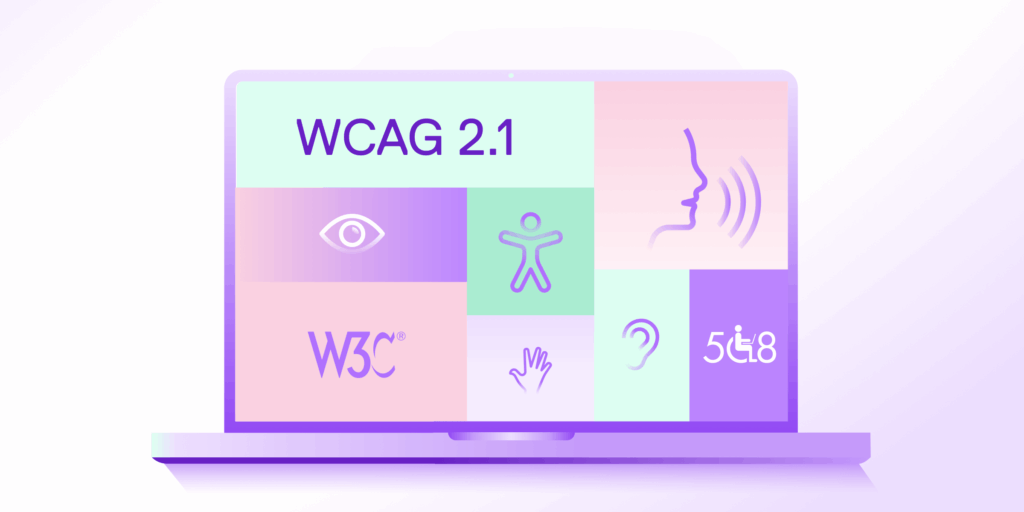With the expected mass move to remote teaching, the fall 2020 semester will be unprecedented in the history of higher ed.
For those who are new to teaching online, adjusting your teaching style and course materials is not as simple as taking what you’ve used for in-person classes and trying to fit it into a new style of instruction. Unlike in a face-to-face classroom, professors teaching online may be unable to get a visual read on students’ understanding of course material. Plus, the disruptions to students’ schedules due to part-time jobs and family responsibilities means they may find it harder to engage with learning materials essential to their success. Those new to teaching also find themselves in an unprecedented reality as they may not have the support they need from fellow professors with more teaching experience to get started on the right foot, with all instructors dealing with an unprecedented situation.
A good rule of thumb for the first week of class and beyond: keep course design simple. Use these principles and tools to guide your prep and establish the basics of your course to ensure your transition to online teaching and learning is smooth.
Keep these two guiding principles in mind when you design your online courses for the fall:
Accessibility and flexibility: As students begin their first semesters away from campus, it’s important to provide ways for learners to access course content. Where possible, try using tools that are optimized for use on all iOS and Android mobile devices, so students can complete their work from anywhere. You can allow students to attend class virtually or dial-in over the phone. You can also offer video replays of class meetings for students who are unable to attend or PDF transcripts of lecture recordings for those who prefer to read. During class discussions, students can also participate anonymously to ensure everyone feels comfortable contributing, even with sensitive course content.
Build a sense of community: In online learning environments, providing opportunities for students to connect with their professors and each other is crucial in order to create a sense of belonging, which ultimately, motivates learners to participate in the course.
- Be yourself: When you teach online, being authentically present means establishing a social presence from day one. This doesn’t just entail how and where students can contact you, but includes sharing fun facts about yourself, how you got into your field of study and finding ways to further personalize your curriculum.
- Encourage discussion: In a similar vein, encouraging discussion in and out of class motivates students to participate and feel part of the classroom community. As an online instructor, it’s important to monitor discussion threads and queries after class and try to set a dedicated time slot each day to respond to students. Learners are more likely to feel like active community members if you address their concerns in a timely manner.
- Let students learn from their peers: An important component of an online community is peer learning. Similar to what may have occurred in your traditional classroom, let students discuss new material in small groups before reconvening as a class. Think-pair-share is a great example of peer interaction. Learning is broken down into bite-sized pieces as students work with a partner or small group, which in turn helps to solidify course concepts and improves knowledge retention.
Consider these two tools when designing your course:
Learning management system (LMS): As an online instructor, your LMS is a great tool for administrative tasks, such as announcements, grading and finalizing course rosters. Many institutions use these platforms for schoolwide announcements as well.
Active learning platform: Active learning platforms, like Top Hat, create student-centric experiences that engage and motivate learners with captivating virtual classroom features, interactive course content and built-in assessment capabilities designed for higher education.
Top Hat also syncs seamlessly with your LMS to ensure the right information flows into the administrative features you rely on to capture and report on student data in your online environment.
Incorporate these two ways that students can engage with course material:
Multimedia elements: Consider incorporating photos, videos and GIFs embedded in assignments and readings to help bring your course to life. With reading materials, interactive media and assessment questions all in one place, students are provided with a number of opportunities to digest information. Instructors can also pre-record lecture content and easily include those recordings in students’ learning materials to review before online instruction sessions.
Frequent assessments: Regular, low-stakes assessments or “temperature checks” give students a number of chances to demonstrate their understanding of course concepts as the semester progresses. Gauging student progress early and often, and acting on these insights has been shown to significantly impact student retention in online education.
Provide your students with these two resources:
Academic resources: Face-to-face time with students will inevitably be minimized in online classrooms. To set them up for success, consider providing students with academic resources to support test-taking, study skills or discipline-specific concepts that may prove to be challenging. Many institutions have peer tutoring programs and academic advisors that can further direct students to helpful resources.
Non-academic support: Providing students with non-academic resources can build a sense of community in your classroom. Sharing mental health support resources, interesting articles and videos from popular media or culture that relate to course material and messages of encouragement or greetings go a long way when students are removed from their peers and their familiar campus community.


